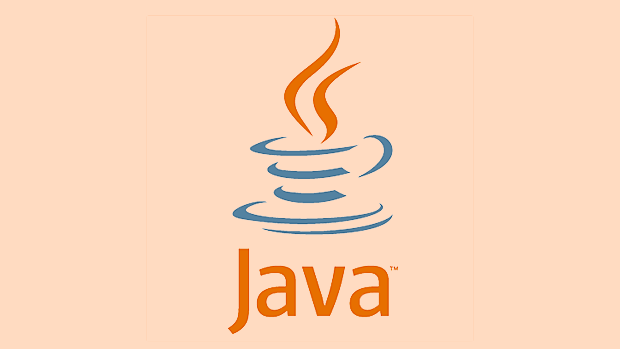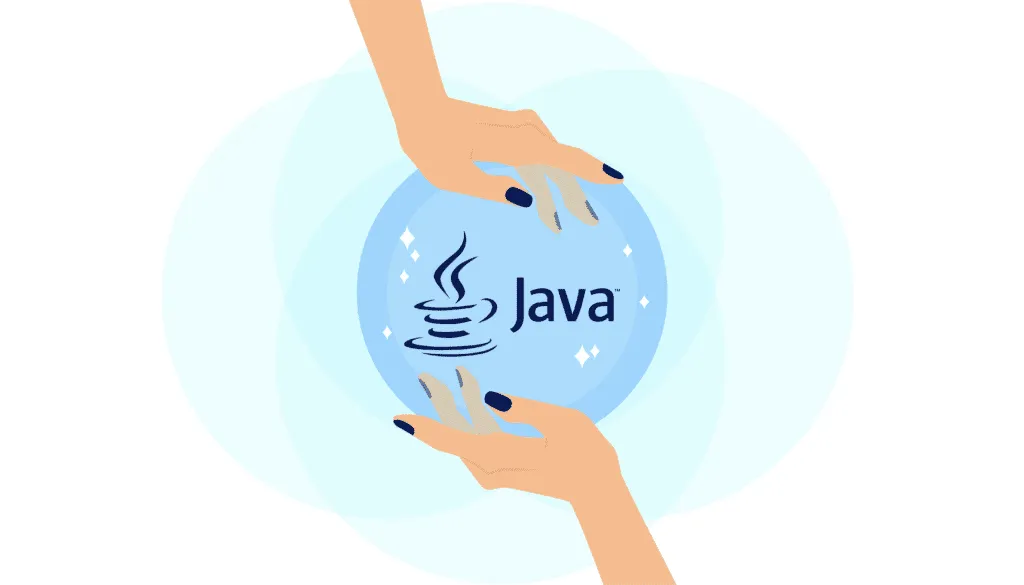Java Socket programming is the basis of network communication, and data exchange between clients and servers is realized through Socket. 1. Socket in Java is divided into the Socket class used by the client and the ServerSocket class used by the server; 2. When writing a Socket program, you must first start the server listening port, and then initiate the connection by the client; 3. The communication process includes connection establishment, data reading and writing, and stream closure; 4. Notes include avoiding port conflicts, correctly configuring IP addresses, reasonably closing resources, and supporting multiple clients. Mastering these can realize basic network communication functions.

In Java network programming, Socket is one of the most basic and important parts. It allows communication between two programs over the network, both local LAN and the Internet. This article mainly talks about the basic concepts of Socket programming in Java and a simple example to help you get started quickly.

What is Java Socket?
In Java, Socket is a mechanism used to establish connections and exchange data between different devices in the network. Java provides java.net package to support network communication, two core classes are:

-
Socket: used for client, indicating a connection to the server. -
ServerSocket: used to listen to client requests and establish connections.
Simply put, Socket is like a telephone, the client dials (connects), the server answers (accepts connections), and then both parties can talk (transmits data).
How to write a simple Java Socket program?
Let’s use a classic example of “client send messages, server reply” to illustrate the entire process.

Step 1: Start the server
The server needs to be started first and wait for the client to connect. You can use ServerSocket to listen for a port.
import java.io.*;
import java.net.*;
public class Server {
public static void main(String[] args) {
try (ServerSocket serverSocket = new ServerSocket(12345)) {
System.out.println("The server has started, waiting for connection...");
Socket socket = serverSocket.accept(); // Block until a client connects System.out.println("Client connected");
BufferedReader in = new BufferedReader(
new InputStreamReader(socket.getInputStream()));
PrintWriter out = new PrintWriter(socket.getOutputStream(), true);
String clientMessage = in.readLine();
System.out.println("Received:" clientMessage);
out.println("The server receives your message: "clientMessage);
} catch (IOException e) {
e.printStackTrace();
}
}
}Step 2: Run the client
The client creates a Socket instance and connects to the server IP and port.
import java.io.*;
import java.net.*;
public class Client {
public static void main(String[] args) {
try (Socket socket = new Socket("localhost", 12345)) {
PrintWriter out = new PrintWriter(socket.getOutputStream(), true);
BufferedReader in = new BufferedReader(
new InputStreamReader(socket.getInputStream()));
out.println("Hello, server!");
String response = in.readLine();
System.out.println("Response:" response);
} catch (IOException e) {
e.printStackTrace();
}
}
}Although this example is simple, it covers the core steps of Socket programming: connecting, reading and writing data.
Frequently Asked Questions and Precautions
- Port occupied : If the specified port number has been occupied by other programs, the server will not be started. You can try changing the port number, such as between 1024 and 65535.
- IP address configuration error : Make sure the client is connected to the correct IP address. If it is a native test, use
localhostor127.0.0.1. - Stream closing order : Be sure to remember to close the input and output streams and Socket connections, otherwise resource leakage may occur.
- Multithreading process multiple clients : The above example can only handle one client. If you want to handle multiple connections at the same time, you need to use multi-threading or NIO.
- Protocol design : In actual development, it is recommended to define your own communication protocol, such as transmitting structured data in JSON format.
Let's summarize
Java Socket programming is not difficult, the key is to understand how the client/server model works. After mastering the basic connection and data reading and writing processes, more complex functions can be expanded on this basis, such as file transfer, real-time chat, etc. Basically all that is it, just try it out.
The above is the detailed content of Java Socket Programming Fundamentals and Examples. For more information, please follow other related articles on the PHP Chinese website!

Hot AI Tools

Undress AI Tool
Undress images for free

Undresser.AI Undress
AI-powered app for creating realistic nude photos

AI Clothes Remover
Online AI tool for removing clothes from photos.

Clothoff.io
AI clothes remover

Video Face Swap
Swap faces in any video effortlessly with our completely free AI face swap tool!

Hot Article

Hot Tools

Notepad++7.3.1
Easy-to-use and free code editor

SublimeText3 Chinese version
Chinese version, very easy to use

Zend Studio 13.0.1
Powerful PHP integrated development environment

Dreamweaver CS6
Visual web development tools

SublimeText3 Mac version
God-level code editing software (SublimeText3)

Hot Topics
 Problem-Solving with Python: Unlock Powerful Solutions as a Beginner Coder
Oct 11, 2024 pm 08:58 PM
Problem-Solving with Python: Unlock Powerful Solutions as a Beginner Coder
Oct 11, 2024 pm 08:58 PM
Pythonempowersbeginnersinproblem-solving.Itsuser-friendlysyntax,extensivelibrary,andfeaturessuchasvariables,conditionalstatements,andloopsenableefficientcodedevelopment.Frommanagingdatatocontrollingprogramflowandperformingrepetitivetasks,Pythonprovid
 Unleash Your Inner Programmer: C for Absolute Beginners
Oct 11, 2024 pm 03:50 PM
Unleash Your Inner Programmer: C for Absolute Beginners
Oct 11, 2024 pm 03:50 PM
C is an ideal language for beginners to learn programming, and its advantages include efficiency, versatility, and portability. Learning C language requires: Installing a C compiler (such as MinGW or Cygwin) Understanding variables, data types, conditional statements and loop statements Writing the first program containing the main function and printf() function Practicing through practical cases (such as calculating averages) C language knowledge
 Python Power, Simplified: A Beginner-Friendly Approach to Programming
Oct 11, 2024 pm 04:53 PM
Python Power, Simplified: A Beginner-Friendly Approach to Programming
Oct 11, 2024 pm 04:53 PM
Getting Started with Python Programming Install Python: Download and install from the official website. HelloWorld!: Use print("HelloWorld!") to print the first line of code. Practical case: Calculate the area of ??a circle: Use π (3.14159) and the radius to calculate the area of ??the circle. Variables and data types: Use variables to store data. Data types in Python include integers, floating point numbers, strings, and Boolean values. Expressions and assignments: Use operators to connect variables, constants, and functions, and use the assignment operator (=) to assign values ??to variables. Control flow: if-else statement: execute different code blocks based on conditions, determine odd
 The Key to Coding: Unlocking the Power of Python for Beginners
Oct 11, 2024 pm 12:17 PM
The Key to Coding: Unlocking the Power of Python for Beginners
Oct 11, 2024 pm 12:17 PM
Python is an ideal programming introduction language for beginners through its ease of learning and powerful features. Its basics include: Variables: used to store data (numbers, strings, lists, etc.). Data type: Defines the type of data in the variable (integer, floating point, etc.). Operators: used for mathematical operations and comparisons. Control flow: Control the flow of code execution (conditional statements, loops).
 Demystifying C: A Clear and Simple Path for New Programmers
Oct 11, 2024 pm 10:47 PM
Demystifying C: A Clear and Simple Path for New Programmers
Oct 11, 2024 pm 10:47 PM
C is an ideal choice for beginners to learn system programming. It contains the following components: header files, functions and main functions. A simple C program that can print "HelloWorld" needs a header file containing the standard input/output function declaration and uses the printf function in the main function to print. C programs can be compiled and run by using the GCC compiler. After you master the basics, you can move on to topics such as data types, functions, arrays, and file handling to become a proficient C programmer.
 Collection of C++ programming puzzles: stimulate thinking and improve programming skills
Jun 01, 2024 pm 10:26 PM
Collection of C++ programming puzzles: stimulate thinking and improve programming skills
Jun 01, 2024 pm 10:26 PM
C++ programming puzzles cover algorithm and data structure concepts such as Fibonacci sequence, factorial, Hamming distance, maximum and minimum values ??of arrays, etc. By solving these puzzles, you can consolidate C++ knowledge and improve algorithm understanding and programming skills.
 Create the Future: Java Programming for Absolute Beginners
Oct 13, 2024 pm 01:32 PM
Create the Future: Java Programming for Absolute Beginners
Oct 13, 2024 pm 01:32 PM
Java is a popular programming language that can be learned by both beginners and experienced developers. This tutorial starts with basic concepts and progresses through advanced topics. After installing the Java Development Kit, you can practice programming by creating a simple "Hello, World!" program. After you understand the code, use the command prompt to compile and run the program, and "Hello, World!" will be output on the console. Learning Java starts your programming journey, and as your mastery deepens, you can create more complex applications.
 Java Made Simple: A Beginner's Guide to Programming Power
Oct 11, 2024 pm 06:30 PM
Java Made Simple: A Beginner's Guide to Programming Power
Oct 11, 2024 pm 06:30 PM
Java Made Simple: A Beginner's Guide to Programming Power Introduction Java is a powerful programming language used in everything from mobile applications to enterprise-level systems. For beginners, Java's syntax is simple and easy to understand, making it an ideal choice for learning programming. Basic Syntax Java uses a class-based object-oriented programming paradigm. Classes are templates that organize related data and behavior together. Here is a simple Java class example: publicclassPerson{privateStringname;privateintage;






